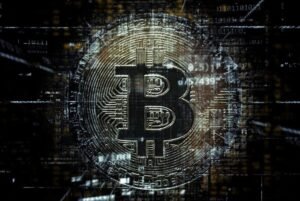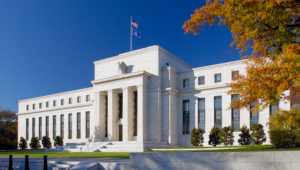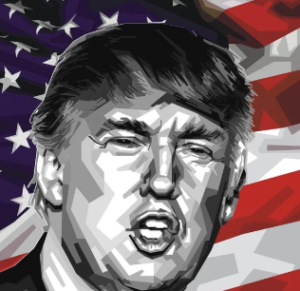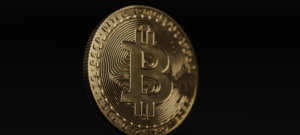#MakerDAO #DeFi #Endgame #Dai #Tokenomics #SubDAOs #Blockchain #CryptoInnovation
The decentralized finance (DeFi) sector is set to witness a significant transformation as MakerDAO, a leading player in the DeFi lending arena, announced the scheduled launch of the first phase of its much-anticipated ‘Endgame’ in the summer of 2024. This ambitious initiative aims to overhaul the current framework of MakerDAO, focusing on fostering growth, resilience, and accessibility. The ultimate goal is to scale the Dai supply to an astonishing 100 billion and beyond, marking a revolutionary step in the realm of digital currencies.
The initial phase, dubbed ‘Phase 1’, is poised to roll out the principal facets of the Endgame project back-to-back. This includes the launch of innovative tokens, NewStable and NewGovToken, integration of fresh features like the Lockstake Engine and a cost-effective bridge system for efficient token linkage across Ethereum and a chosen Layer-2 network. Additionally, Phase 1 will see the debut of SparkDAO, the first SubDAO dedicated to lending. This phase acts as the building block for the subsequent phases, each designed to further scale and solidify the project’s foundational elements, ultimately leading to the enforcement of the Final Endgame. This final stage envisions a fully autonomous governance system encapsulated within the Maker Core and its SubDAOs, hosted on a newly established standalone L1 blockchain, NewChain.
MakerDAO’s strategic move towards this comprehensive evolution, detailed by founder Rune Christensen, underscores a clear path towards achieving exponential adoption and utility of Dai. By remodeling its tokenomics, introducing sub-entities like SubDAOs, and leveraging cutting-edge blockchain functionality, MakerDAO not only aims to enrich its ecosystem but also to significantly impact the broader DeFi and cryptocurrency landscapes. The Endgame initiative represents a pivotal shift towards more robust, scalable, and user-friendly DeFi platforms, promising to usher in a new era of financial innovation and inclusion.







Comments are closed.